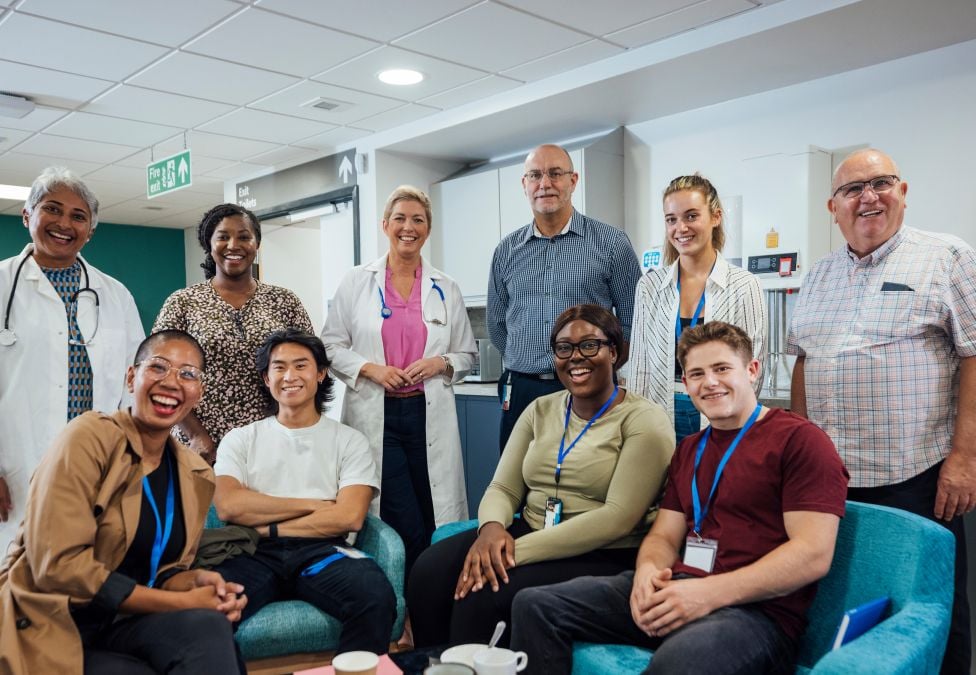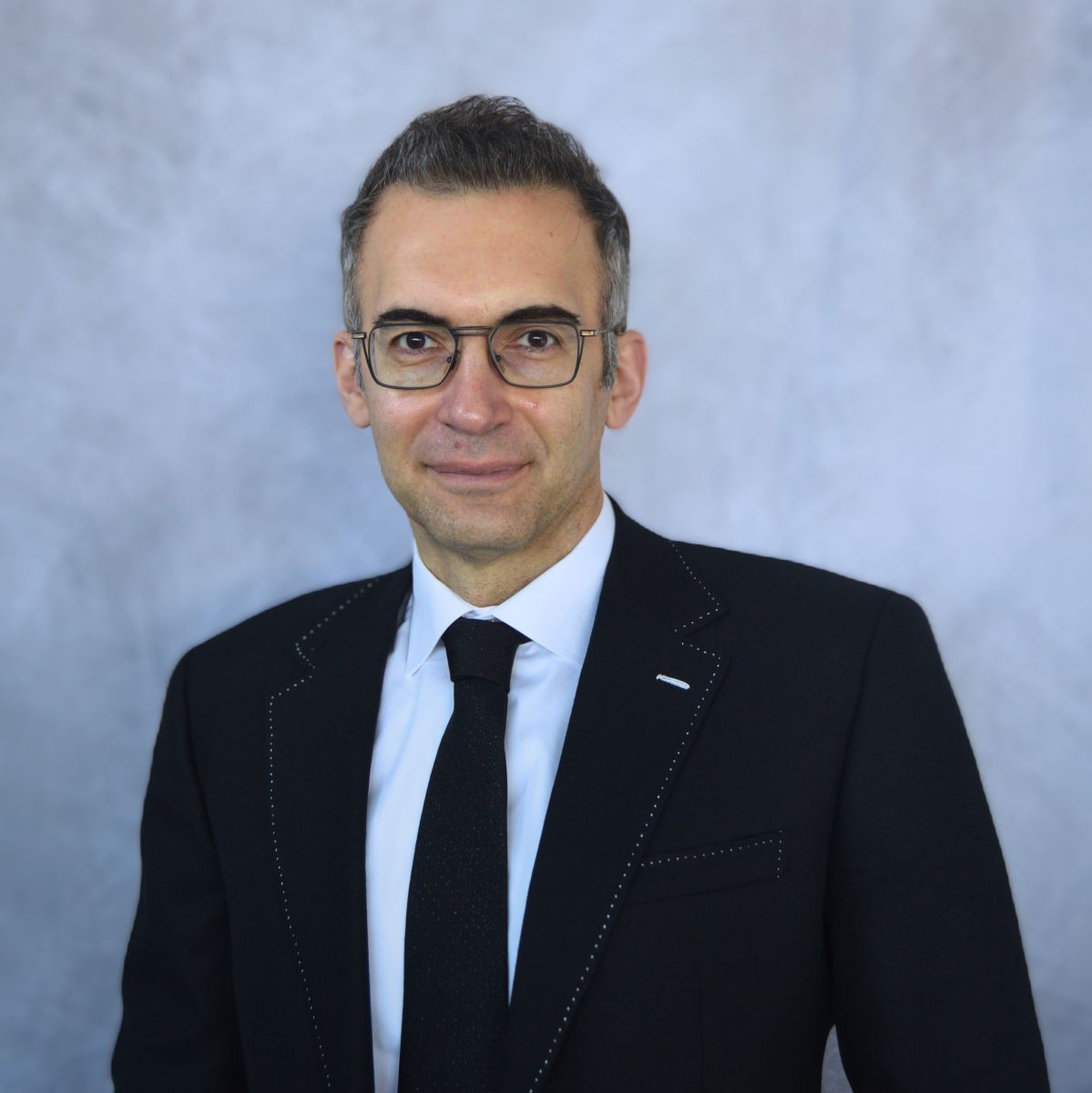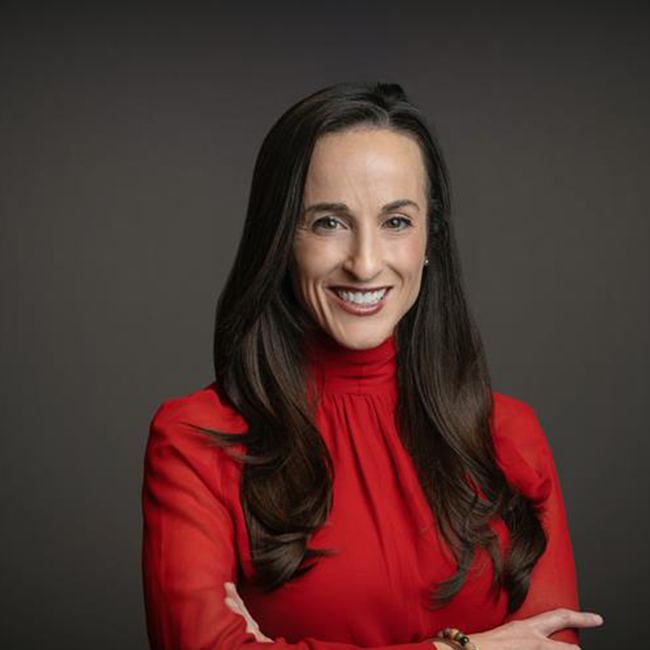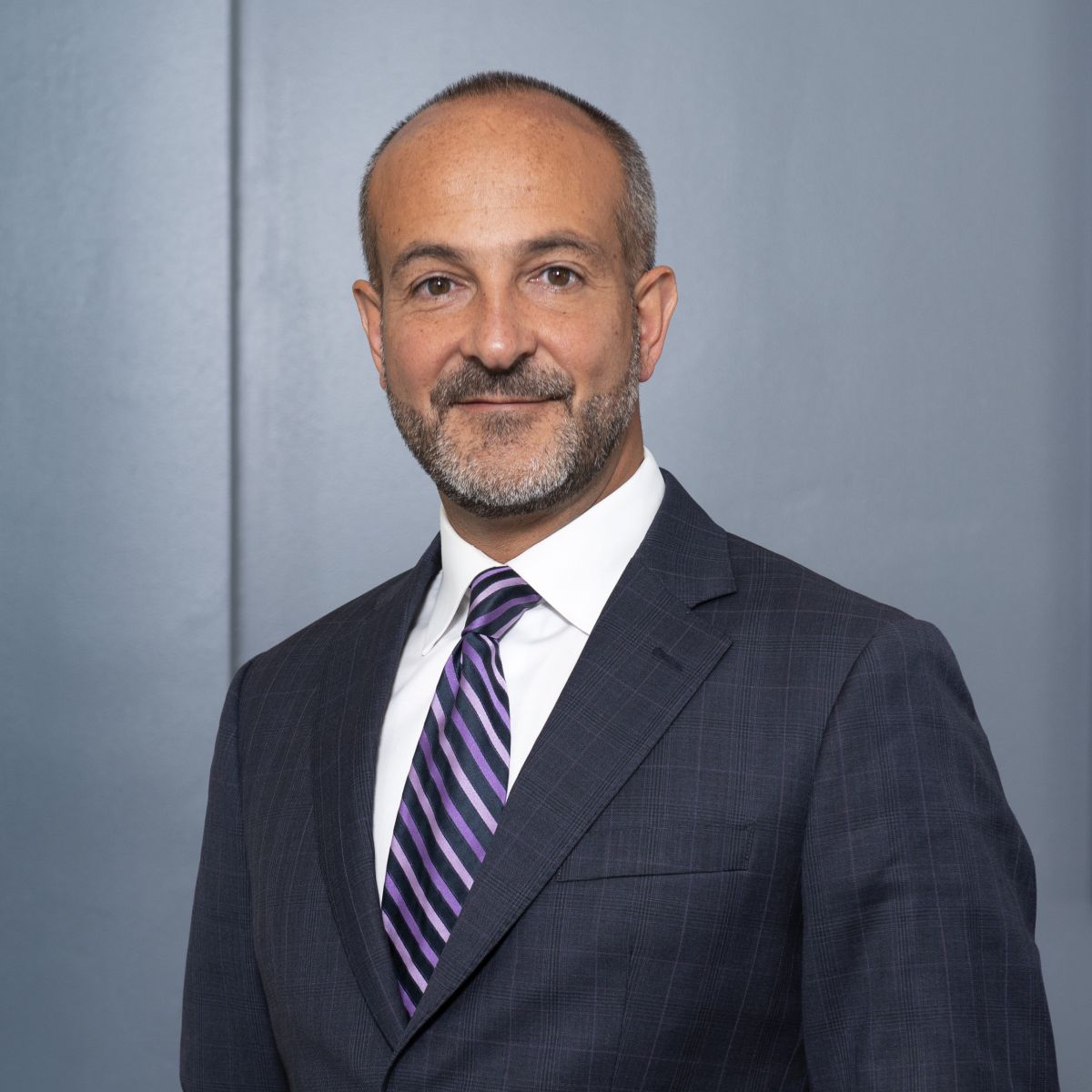
For too long, the US health-care system has waited for sickness to appear before taking action, forcing us to manage late-stage disease rather than prevent it. This reactive model has allowed treatable illnesses like cancer to advance until options are fewer, costs are higher, and outcomes are worse.
Thankfully, science has raced ahead of this outdated paradigm. But making sure these innovations reach everyone who needs them in time requires innovative partnerships that bring together industry, advocacy, clinicians, policymakers, and communities.
At Guardant Health, we developed Shield, the first blood-based test approved by the Food and Drug Administration as a primary screening option for colorectal cancer (CRC). CRC is the second leading cause of cancer death in the US, yet it has a 91 percent five-year survival rate if caught early. Still, one in three eligible adults—over 50 million people—remain unscreened, in large part because people find options like colonoscopy and stool-based tests inconvenient or unpleasant.
Shield changes this: With a simple blood draw during a routine office visit, patients can complete screening seamlessly. Medicare covers Shield, a breakthrough in accessibility for older Americans. But policy remains a central bottleneck to expanding access to millions of unscreened Americans between 45 and 65 years of age.
The United States Preventive Services Task Force (USPSTF) plays a key role through its recommendations—yet its review processes often lag years behind scientific progress. For example, the USPSTF has not updated its recommendations since 2021 and has not yet reviewed Shield. As a result, millions of adults under 65 lack equitable access because their coverage depends on these delayed updates.
Only by working together can we accelerate the adoption of innovations that save lives and reduce costs.
Innovative technology alone is not enough. To truly advance public health goals, expand access, improve equity, and reduce costs, patients must have access to innovations. This requires integration into the systems, guidelines, and quality measures that shape patient care. And this is where partnerships matter.
Advocacy leaders elevate patient voices and highlight disparities. Industry brings forward innovations backed by rigorous evidence. Policymakers and payers have the levers to embed new tools into practice. Only by working together can we accelerate the adoption of innovations that save lives and reduce costs.
For example, until the Centers for Medicare and Medicaid Services updates CRC screening quality measures to include blood-based tests, physicians remain disincentivized to use Medicare-covered options like Shield. Reducing this delay requires collaboration among regulators, clinicians, patient advocates, and innovators. CRC screening rates remain inadequate at just 62 percent nationally, and only 32 percent among adults aged 45-49, the fastest-growing group for new CRC cases. Patients and providers need more accessible options. By working together, biomedical leaders, health advocates, policymakers, and communities can modernize guidelines, update quality measures, and scale equitable access to innovation.
We have examples of how these partnerships work in practice. In Appalachia, primary care clinics doubled CRC screening uptake by adding Shield as an option, increasing completion from 45 to 90 percent. In Louisiana, Guardant partnered with Dallas Cowboys Quarterback Dak Prescott’s Faith Fight Finish Foundation to bring Shield to uninsured and underinsured patients through mobile screening vans, ensuring access in communities with disproportionately high mortality. And most recently, Guardant joined forces with Quest Diagnostics to expand nationwide access to Shield. This partnership makes it possible to bring blood-based screening into the everyday workflow of primary care across the country, especially in the communities where screening gaps are greatest.
Similarly, public-private collaborations in cervical cancer prevention—such as the National Cancer Institute’s Last Mile initiative with the Centers for Disease Control and Prevention, industry partners, and advocacy organizations—are advancing self-collection for human papillomavirus testing to reach women who face barriers to screening. Through programs in federally qualified health centers and rural communities, this partnership is helping to deliver kits to women who might otherwise go unscreened, demonstrating how coordinated public-private action can translate scientific innovation into real-world access and equity.
Science alone cannot achieve public health goals. Without partnerships that align policy, advocacy, and innovation, we will not close the screening gap as quickly or as completely as we can. With them, we make sure early detection is available to everyone who needs it. We catch cancer early. We give people time to focus on what matters most.














